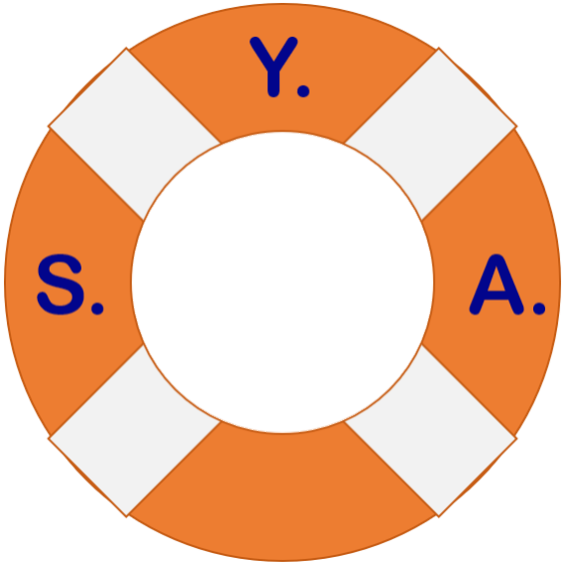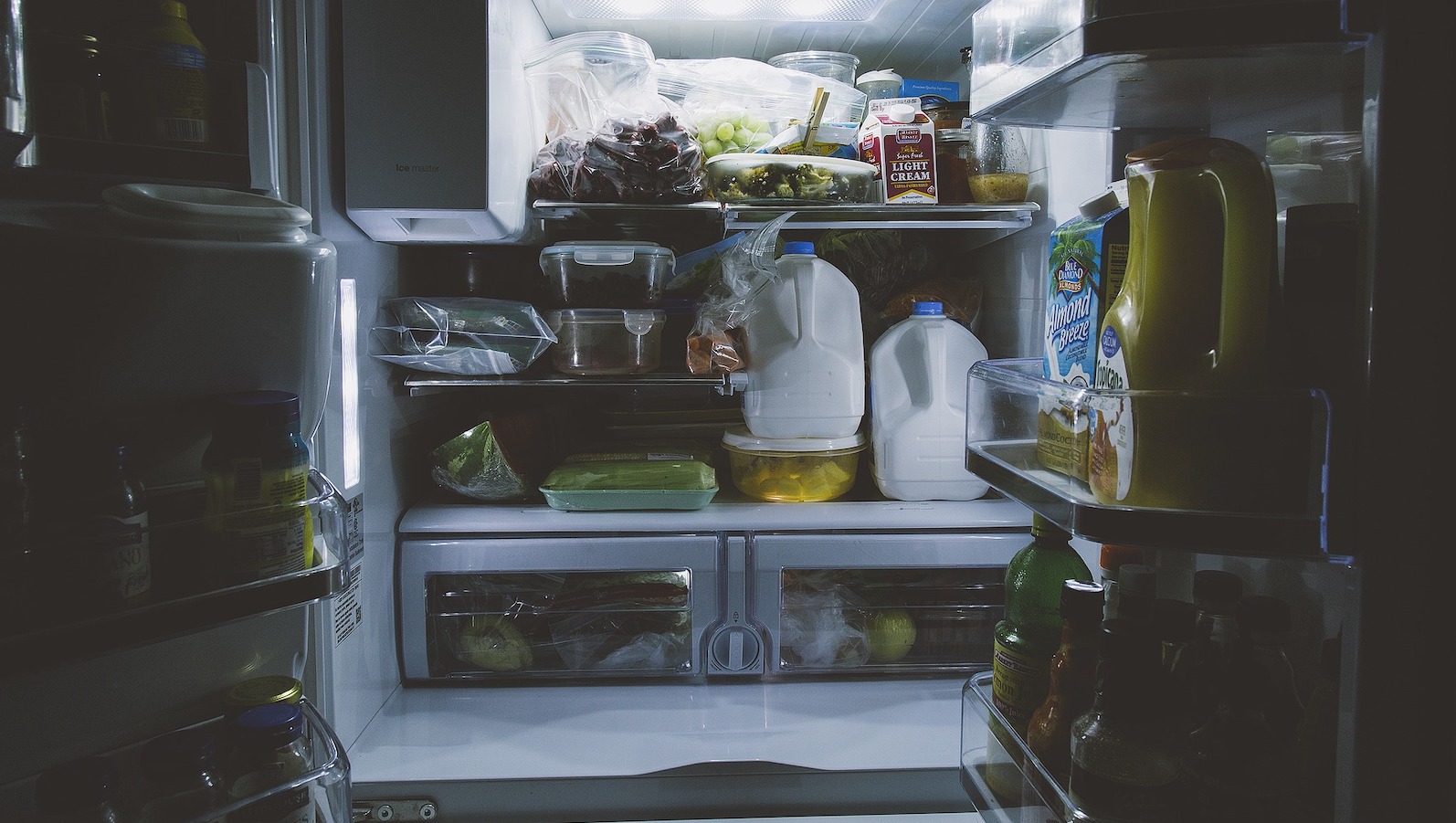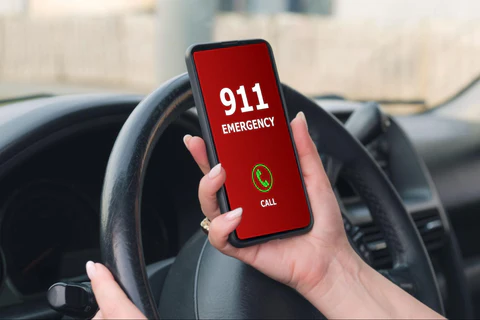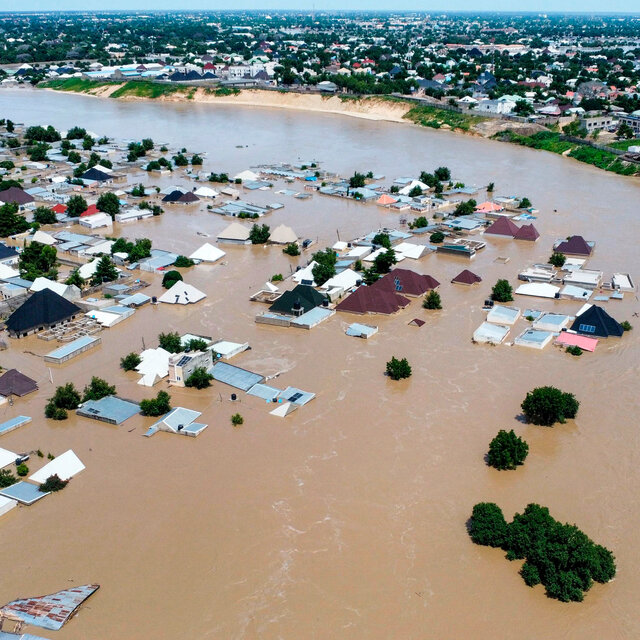Food safety during a power outage or disaster is something that everyone needs to know and understand. Climate change-fueled weather events are only causing more frequent and longer disasters of which most include power outages. With the high cost of food due to inflation, you don’t want to have to throw away food that spoils.
Keep track of the time the outage started
It is important to keep track of when the power went out. Write it down on a post-it note and stick it to your refrigerator or put it in your smartphone. This will be critical for knowing how long the food in your refrigerator and freezer have left before you have to worry about spoilage.
Refrigerated Foods
These will be the first to go bad. You only have 2-4 hours to ensure these foods stay under 40F (4.4C). If they are above 40F for two or more hours, most foods will need to be thrown out. A guide from FoodSafety.gov has detailed information on which foods are safe and which are not. You can download a copy here.
Frozen Foods
Depending on how full your freezer is, frozen foods can keep up to 48 hours without power. You need to ensure the temperature is at 0F (-18C) or lower. This guide from FoodSafety.gov shows how long various foods can be safely stored in the freezer:
Why do I need to worry about the power going out?
Because the power grid is being taxed like never before. Severe weather due to climate is causing disasters more frequently than ever before. Making sure you have a backup plan ready ensures you can keep your food from spoiling during an extended outage. It is no longer a question of ‘if’ the power will go out, it is only ‘when’ and for ‘how long’.
How long could it possibly be out?
For most people outages are only going to last a few hours to a few days, but even that could be long enough for food to start spoiling.
Consider these scenarios that have all happened in the last 12-24 months:
- There were many homes and businesses in the New Orleans area that were without power after Hurricane Ida for 30 days or more. Are you familiar with the heat and humidity of the US gulf coast in August/September?
- In September 2020 in Utah, extreme windstorms knocked power out for up to two weeks for some areas due to downed trees.
- Anywhere in the western and southern US is subject to power outages due to ever increasing extreme heat events pushing the demand for a/c beyond capacity.
- Some states are preemptively cutting power during extreme wind events to minimize the risk of wildfires starting.
- If a wildfire breaks out it can destroy sections of the power grid cutting off entire communities for weeks or months even if they are not directly impacted by the fire.
- Don’t forget Texans in February 2021 had such a severe cold snap that it crushed the power grid for over a week causing all kinds of damage from frozen pipes that burst due to lack of heating. Over a dozen deaths were attributed to the loss of power.
- If you are unfortunate enough to be hit by a tornado or severe thunderstorm, power could be out for days or weeks.
- Flooding can also bring down a power grid even if your home itself is not affected by floodwaters.
So what are my options during extended outages?
There are a number of ways to protect your food during an extended outage. Here are 4 options to consider:
Battery Backup w/ Solar Panels
This is the option I went with. I purchased a battery station capable of running my refrigerator/freezer and chest freezer during an outage. The battery can sustain both appliances for 9-10 hours before I need to recharge it from solar panels. Stay tuned for a future review on this.

Gas / Diesel Generator
This is probably the most common and popular option among residents along the east and gulf coasts who experience hurricanes or the side effects of one. While many fuel generators are much cheaper than a battery station like I bought, they only last as long as your fuel supply does. Obtaining more in a disaster situation could be difficult.

Other downsides to a gas or diesel generator are the noise and pollution. They are loud and spew out carbon dioxide, so they have to be used outdoors in well ventilated areas. There are always 1-2 stories in the news of survivors of a disaster dying from carbon monoxide poisoning from improper use of a generator.
That said, if you have a place, you can safely operate one and can store enough fuel to get through a 7-14 day outage, these can easily provide the power necessary to keep your food from spoiling.
Coolers w/ice
While this might seem like the easiest and cheapest option, the biggest issue with this plan is being able to obtain ice to replenish it as it melts. In a disaster situation, finding ice is going to be even more difficult than getting more fuel for a generator.
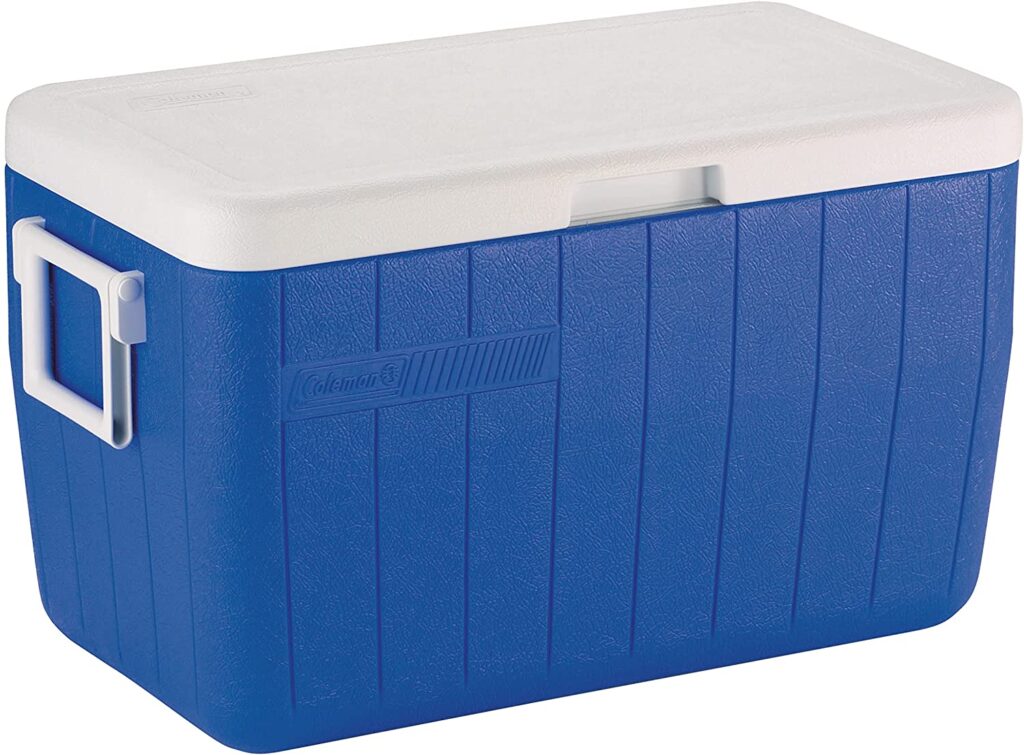
If you happen to have a more modern rotomolded cooler like the Yeti brand, they are known for being able to keep food cold for days so this could suffice. There are dozens of manufacturers in the space now so don’t think you have to get the Yeti brand. The only thing to consider is the cost of the cooler and how much it can realistically hold compared to the size of your refrigerator/freezer.
Electric Coolers
These have become more popular in recent years with outdoor enthusiasts. If you have a vehicle that can power the cooler, then you should be good to go. The downside is that these coolers are not very big and can cost several hundred to several thousand dollars.

Some have two compartments that you can set two different temperatures allowing for cold and frozen items to be kept. Again, compare this to how much food you have stored currently in your full-size appliances.
Is there anything else that would help?
Buy Bluetooth Temperature Sensors
I have portable temperature and humidity sensors in each room of my house to ensure the heat/ac are keeping the rooms at a comfortable temperature. These use 2-AAA batteries and are Bluetooth enabled, allowing me to monitor them from an app on my phone.

In the event of an extended outage, I would place one of these in each refrigerator and freezer compartment I have. In my case, 1 each in my combo refrigerator/freezer and a third in my chest freezer. This way I can monitor the temperature inside without having to open the door which would let more cold air out and hot air in.
Get outdoor rated extension cords
These can be found at any hardware or home improvement store. I got some at Walmart. I have a 50ft one and a 100ft one. These are more than enough to allow me to connect my appliances to my battery station no matter where I place it. If you don’t have a generator, maybe a neighbor with one would let you plug in for a few hours to keep things from going bad.

Dry Ice, Block Ice & Ice Packs
If you have some advanced warning or are able to get either dry ice or block ice, these can help keep items cold in a refrigerator or cooler.

Make sure to take the proper precautions handling dry ice or you may end up ruining your food or injuring yourself.

If you have any cooler ice packs those can also help keep temperatures cold for 1-2 days in the right conditions.
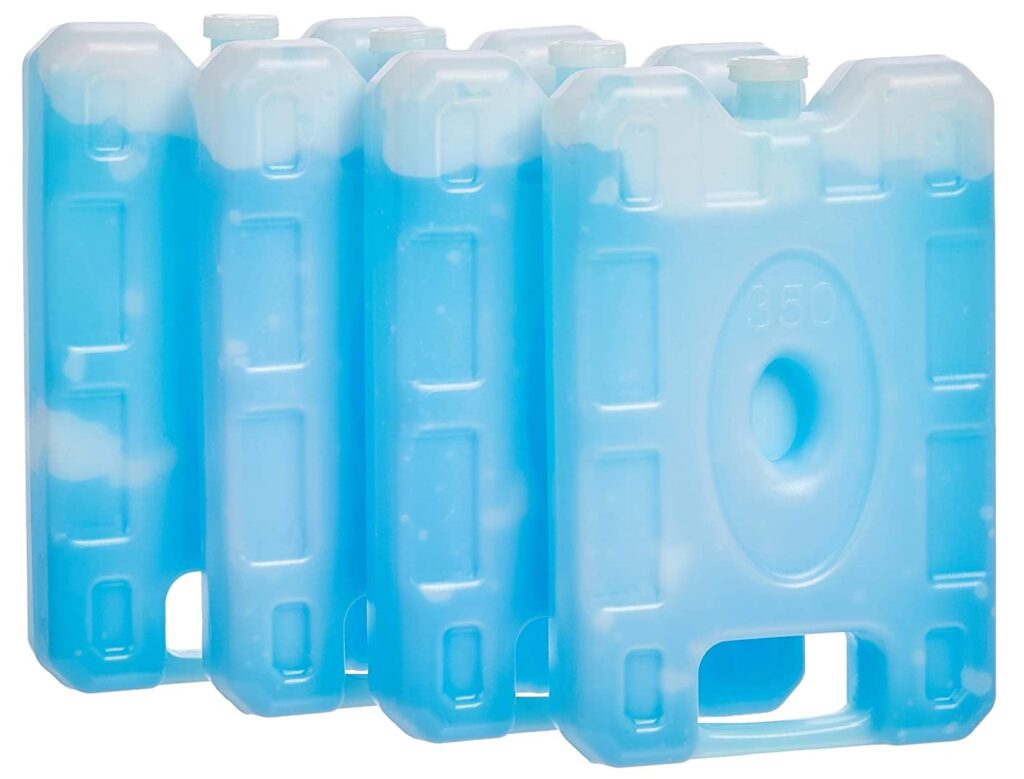
Review Ready.gov
Ready.gov is the website from FEMA with all kinds of good information on preparing for and surviving the aftermath of a disaster situation. I’ve included their power outage quick reference for you to download.
Review FoodSafety.gov
The website FoodSafety.gov is full of information about keeping food safe. Here are links to the various sections and pages of the site:
Recalls & Outbreaks
Food Safety Charts
- Cold Food Storage (download above)
- Food Safety During a Power Outage (download above)
- Meat and Poultry
- Safe Minimum Internal Temperatures
Keep Food Safe
- 4 Simple Steps
- Food Safety by Events and Seasons
- Food Safety by Type of Food
- Food Safety in a Disaster or Emergency
- FoodKeeper App
Food Poisoning
People At Risk
There is a lot of good information on this site, and I will leave it for you to peruse at your leisure.
Wrap-up
Keeping your food cold in a disaster or extended power outage is not hard but does require some forethought and planning so that you are ready to act when the power does go out.
Last Updated on August 16, 2022
